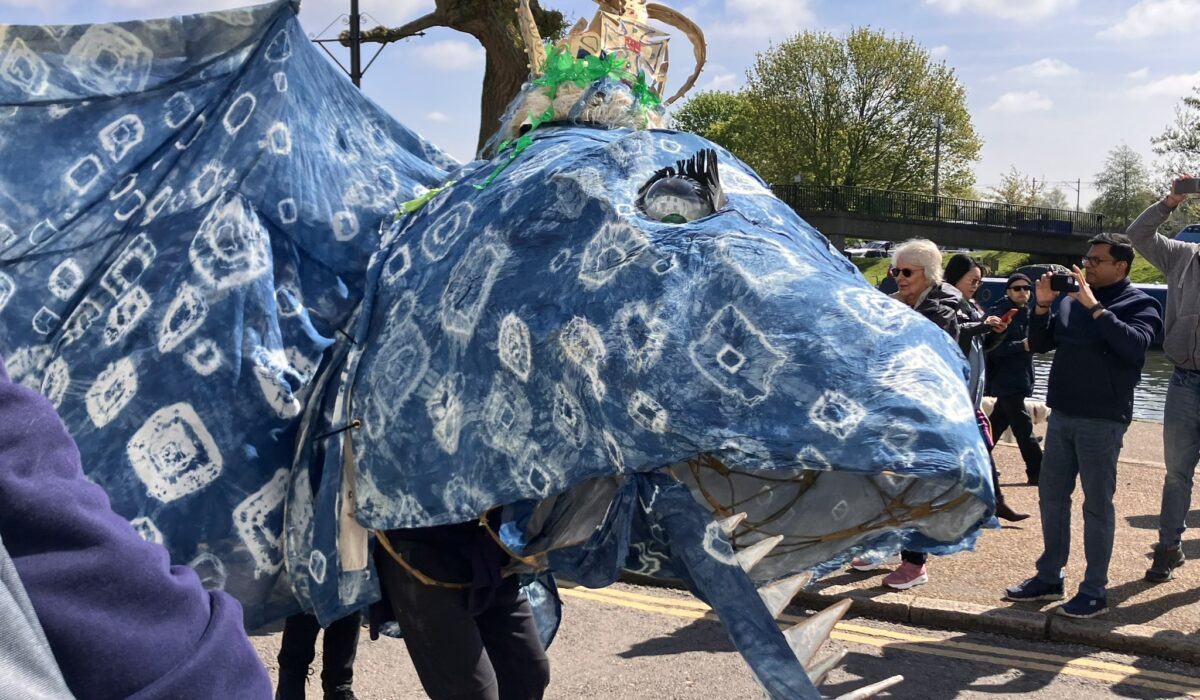Every day is an eel day for the Beastly Business team. This year to commemorate World Eel day
we’re revisiting our encounters with eels throughout the project, including a recent visit to Ely
where the eel has its own dedicated festival!
Visiting Ely eel festival
On the 29th of April Professor Rosaleen Duffy and Dr Alison Hutchinson visited Ely, the Isle of Eels, for their annual Eel Festival. While fishing and eating eels has fallen out of tradition, the Ely eel festival celebrates its namesake with an eel parade through the city’s streets, eel throwing competitions (the cuddly-toy kind), as well as crafts, food, music, and dance performances. If you weren’t lucky enough to visit, take a look at our gallery below.

accompanied by local youth groups and marching bands. The parade started opposite the Cathedral,
which was reportedly constructed using stone that had been paid for using eels (at a rate of 8000
eels per year).

surrounding Ely were full of eels – which provided for a local staple diet of smoked, roasted, and
stewed eels, as well as avenues for trade. In the photo above are traditional four-pronged eel spears
and willow traps. While the use of the spears is prohibited, adult eels are now caught with traps and
nets. However, eel fishing seems to have died out on the fens and it’s not known how many fishers
remain.
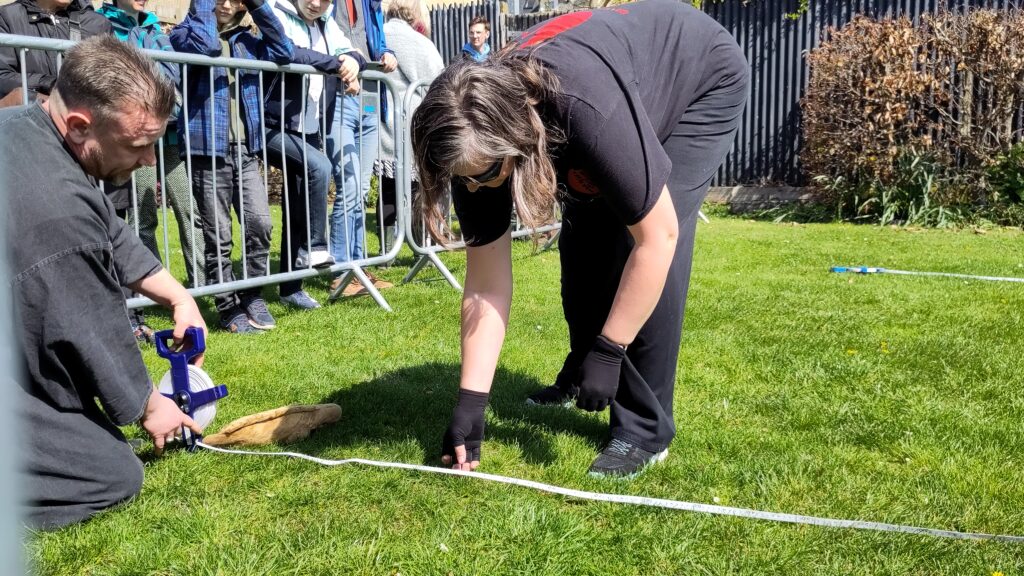
Throwing Championships, caught our attention. The origins of this eccentric competition, which
involves throwing stuffed eel toys the furthest, is unclear. Competitors were given grey eels to
practice with, but the Golden eel (pictured) is the one that counts for the title. The world record is
currently 17.7 meters (set in 2013). The winners of this year’s championship are still to be
announced.

yellow eel mosaic in the Jubilee gardens is slithering its way towards the River Great Ouse.

a variety of eel products for sale at the festival, including jellied and smoked eel. We had mixed
responses amongst our group, but the stand was certainly popular throughout the day. Many people
seemed to be trying jellied eel for the first time, and we observed a few groups in the line debating
whether or not to try it before settling on the ‘safe’ smoked eel fillets.
More Beastly encounters with eels
Throughout the project we have encountered the eel at both ends of their life’s journey, from glass
eels on the River Severn, to adult eels in Lough Neagh. We’ve seen the eel celebrated and consumed
and have described our encounters in more detail on our website. Professor Rosaleen Duffy has talked about human-eel relationships and meeting an eel face to face, Dr Alison Hutchinson has written about her visit to the Frampton ‘El-ver Eating Competition‘, and described the debates on the international management for European eels at CITES, and Dr Laura Gutiérrez has also curated a digital art exhibition – ‘The European Eel: A Marvellous Creature in Perilous Waters’ with artist Sergio González Rosas. The gallery below shows some of the projects eel highlights.
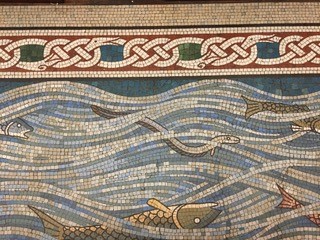


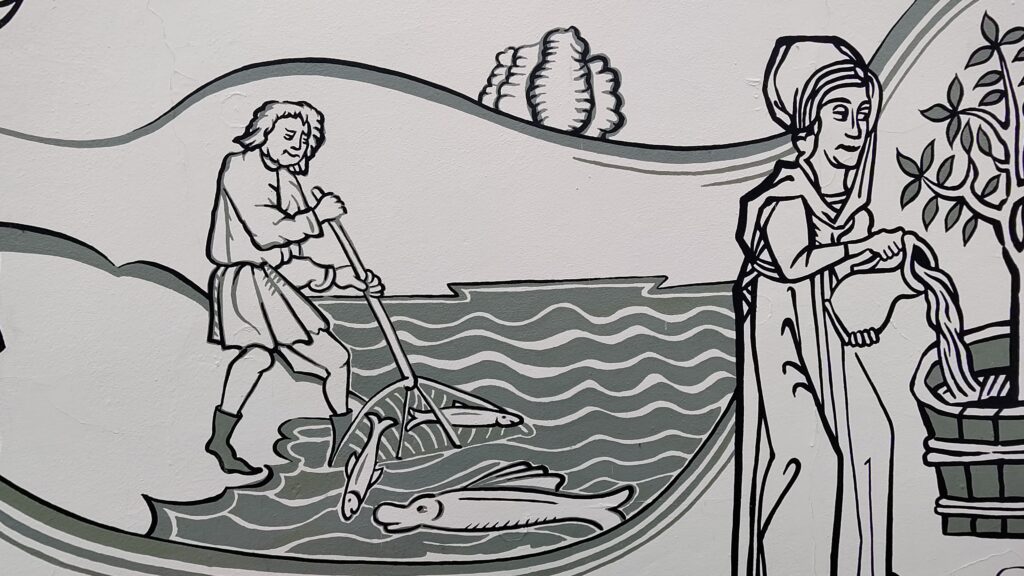
artworks throughout the project. Top left is a mosaic found in Saint Finbar’s church in Cork
University, Ireland. Below this, bottom left, is mosaic spotted during a visit to Lough Neagh
Fishermen’s Cooperative, Toombridge in Northern Ireland. The eel top right was found in Fort
Hamilton Park in Bermuda. And a suspected eel, bottom right, was also spotted in Gloucester, UK.

entitled The European Eel: A Marvellous Creature in Perilous Waters . It charts the lifecycle of the
European eel, and the threats it faces, on its journey from the Sargasso Sea to European rivers; the
exhibit encourages us to see them for the fascinating creatures they are.



battled the rain and rising tides to fish for glass eels. These eels are around one year old and will
have migrated across the Atlantic to our shores. At this stage, their bodies are transparent and just
their eyes, spine, gills, and heart are visible. Upon reaching our freshwater riverways the eels will
become pigmented (elvers) before growing into yellow and eventually silver eels.
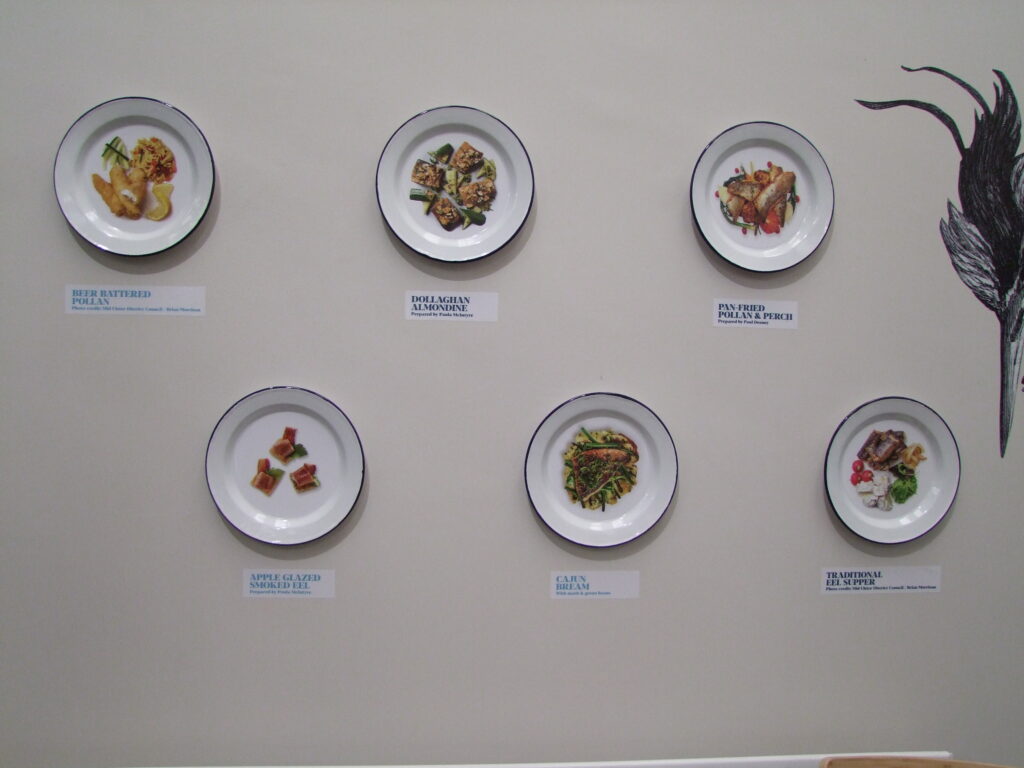

visit to Lough Neagh Fishermen’s Co-operative, to demonstrate the size they can grow to.
The Beastly Business project team is focussing on the intersections between legal and illegal wildlife
trades, and the European eel is one of our three focus species (in addition to European songbirds
and European brown bears). While the gallery above shows eels being the centre of traditions and
festivities and as a longstanding food resource, the species is considered Critically Endangered by the
IUCN Red List of Threatened Species. This World Eel Day is a reminder that it’s not just large
charismatic species that need support, but also those species right on our doorstep that share our
landscapes and cultural histories. If our relationship with eels is to continue, the numerous and
advancing threats towards them need to be understood and addressed. With the Beastly Business
project drawing to a close, please keep an eye on our website for our project findings, as well as our
parallel projects on European songbirds and European brown bears.
